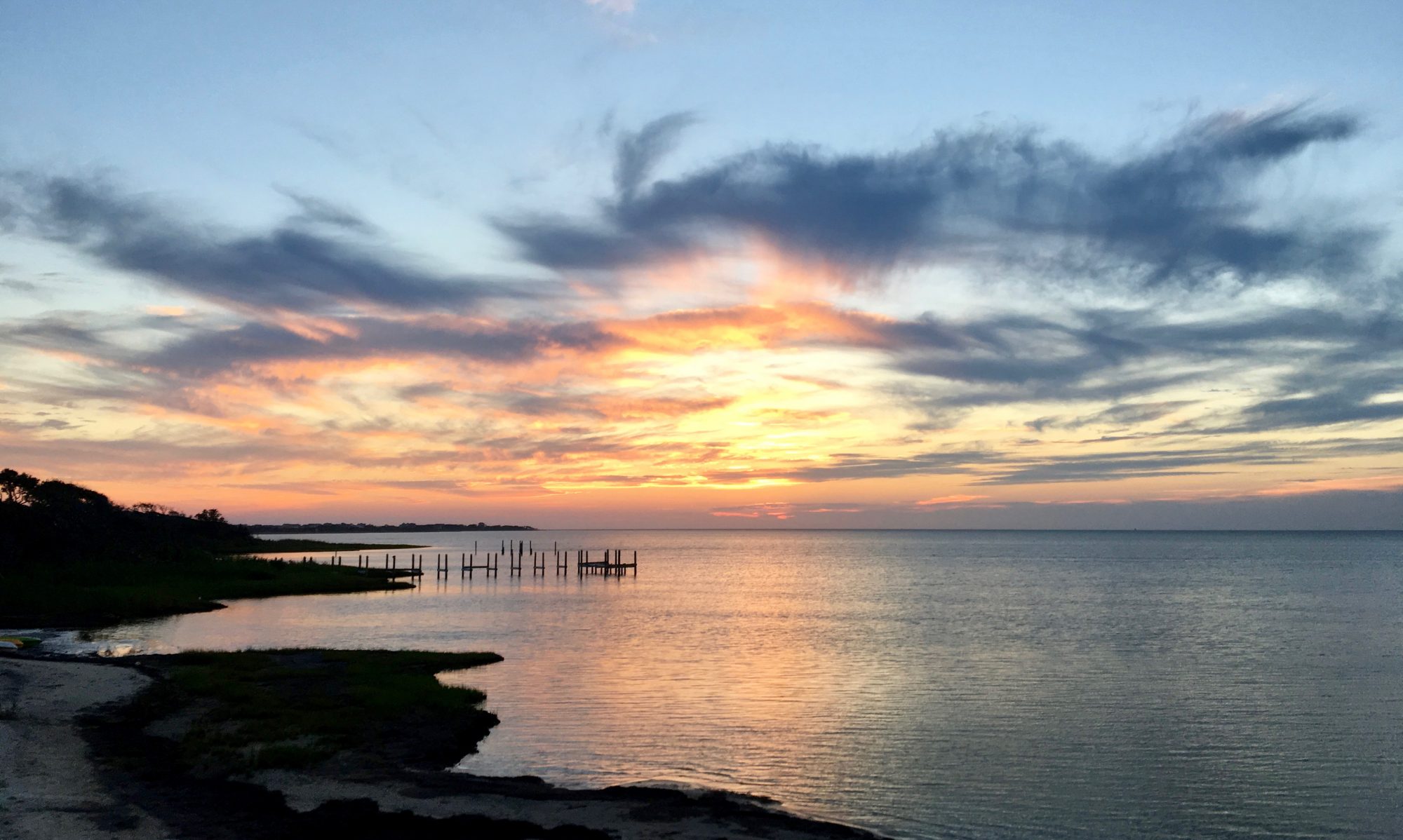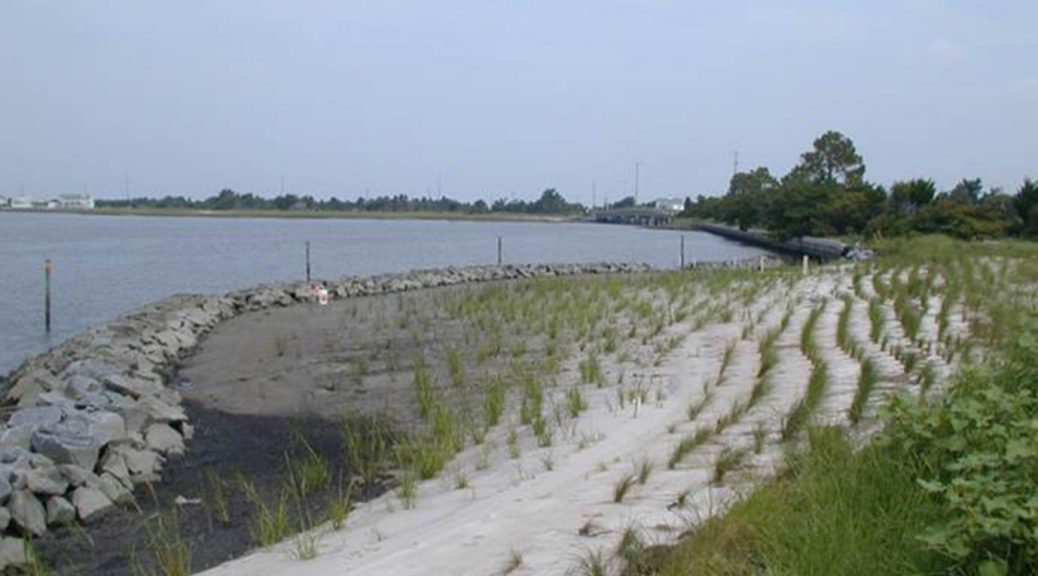By Thomas E. Bigford, TCS Past-President and Policy Director for the American Fisheries Society
We were impressed by an October email from Derek Brockbank, Executive Director of the American Shore and Beach Preservation Association (ASBPA; www.asbpa.org). Derek was sharing his recent experience with Hurricane Matthew and the messages he conveyed to ASBPA members, coastal professionals, and the public. We thought much of his message applied equally to our coasts. With a gracious nod to our friends working in the dunes and on beaches, we thought it would be valuable to share his ideas. Perhaps you can use some of his points to remind those with coastal interests just how important these issues are.
Derek’s primary message had four parts (adapted slightly here for our consideration): (1) Weeks after the storm, jurisdictions were still assessing damage; (2) Beaches/dunes protected coastal property from greater damage; (3) Beaches are part of the network of geological features that provide broader coastal protection; and (4) Society needs a systemic plan to protect existing coastal features (dunes, beach, mangroves, coral or shellfish reefs, etc.) and to increase natural resilience.
Derek also offered some background on his four points:
1) Local coastal managers are still assessing damage to determine what will recover naturally and what will need help to be restored to a healthy state.
2) We know that Beaches and Dunes did their job – they protected property and lives at the expense of displaced sand – communities without beach and dune systems fared much worse.

3) Beaches and dunes are the first line of defense, but coastal flood and storm protection takes multiple lines of defense. During Hurricane Matthew, mandatory evacuations saved lives; elevated homes saved property.
a. Bayside flooding can be nearly as destructive as oceanfront, but proper planning – including wetland and bay beach restoration, storm-sensitive building codes and beneficially using navigation channel sediment – can reduce risk.
b. Inland flooding from excessive rain during a coastal storm can be tremendously destructive, so resilience planning must be systemic and watershed-based.
4) As seas rise and coastal storms intensify, post-storm restoration must be looked at systemically and with the goal of increasing resilience throughout the watershed. Federal support will be necessary to help local communities while ensuring efficient and systemic recovery and restoration, not just piecemeal rebuilding.
The ASBPA continues to spread its message, a task TCS could assist by developing our own recommendations. That work could be handled by one of our stalwart committees, perhaps supplemented by TCS members well versed in these issues. Not surprisingly, the resulting products would probably look quite similar to the ASBPA actions:
- Issue a press release to enlist help from outlets such as radio and print.
- Consider submitting editorial pieces to local newspapers.
- Offer a stakeholder call or special membership to affected communities to share experiences and offer technical advice.
- As we learn more about this storm, our changing coasts, and possible TCS roles, we will consider:
- Compiling facts and data to document losses, needs, etc.
- Join others to organize Hill briefings on coastal impacts
- Use this unusual event to inspire communications, set priorities, improve strategic plans, and train the next generation of coastal professionals.
TCS members can join this effort by sharing experiences related to any of these ideas. We think a great contribution would be to document in words and images our successes – protective barriers (natural or otherwise) that held through the storm, restoration techniques that survived wind and rain, public messages that resonated with local citizens and governments, and so much more. Be thoughtful. Be creative. Be ready for the next big one!
Please email your submissions to TCS Communications Chair.
Editor’s Note: This story is the second contribution to the TCS Storm Stories series. Due to recent hazards events, Hurricane Matthew and the Baton Rouge Flooding, we want to know how it is affecting you personally and in your work. There’s been lots of attention by national media outlets like NPR story Hurricane Matthew Took a Big Bite Out of Southeastern States’ Beaches but since we are a society of coastal professionals for coastal professions we think we should do our own reporting. Sharing experiences and lessons within our network is what we do best. Submit yours today!


